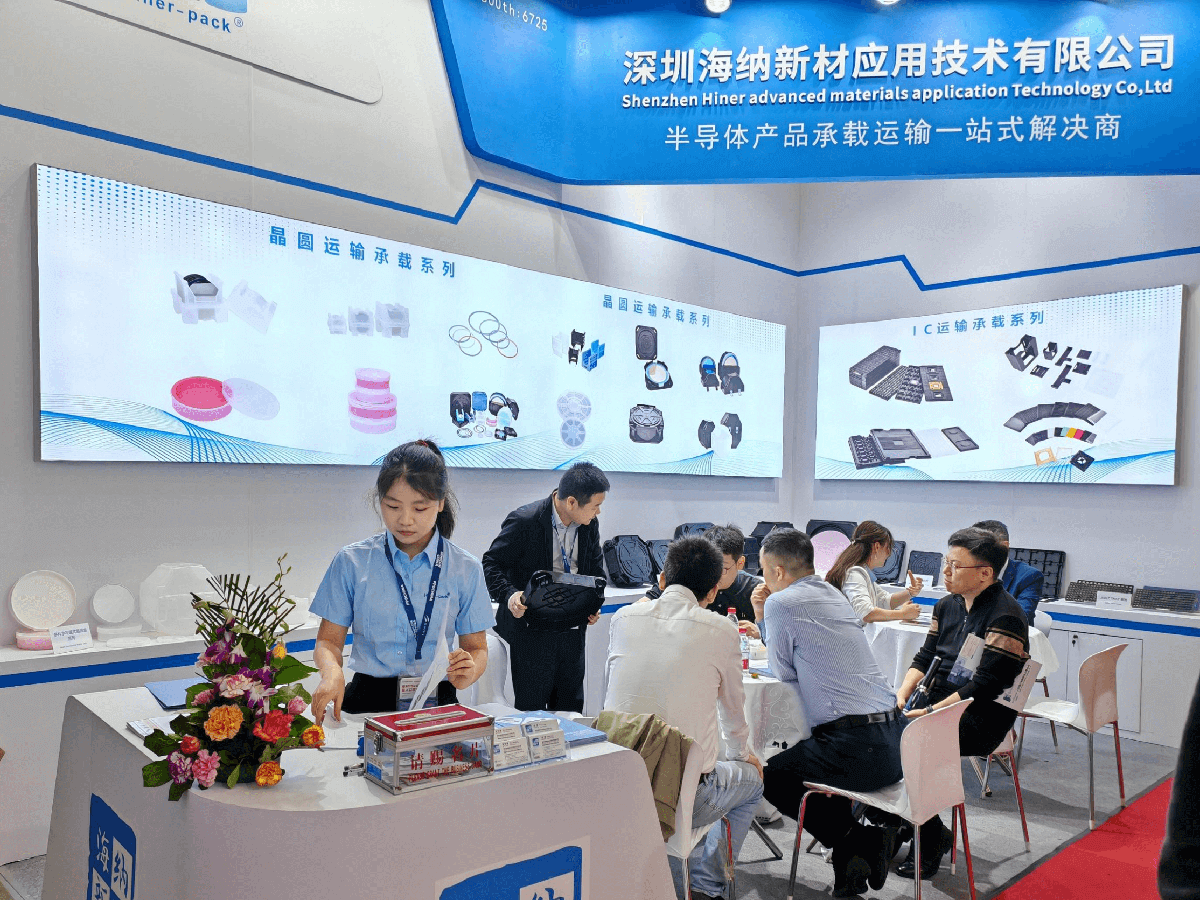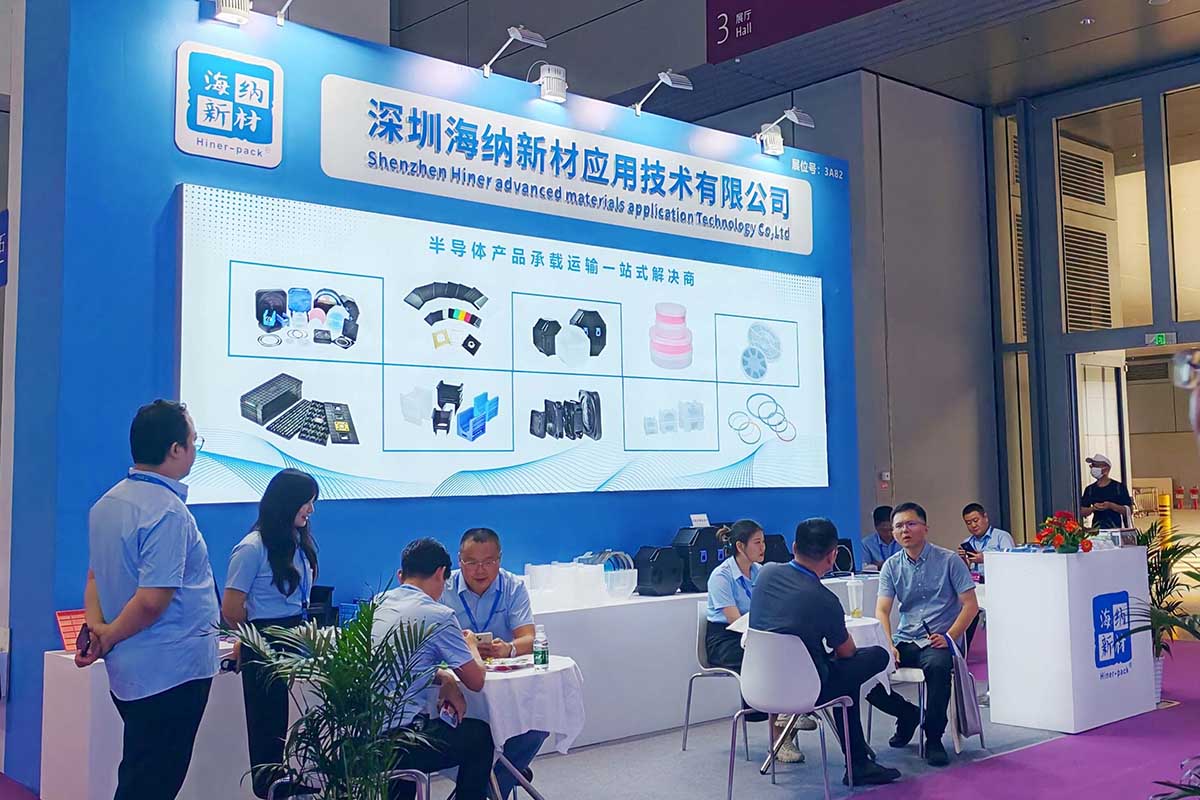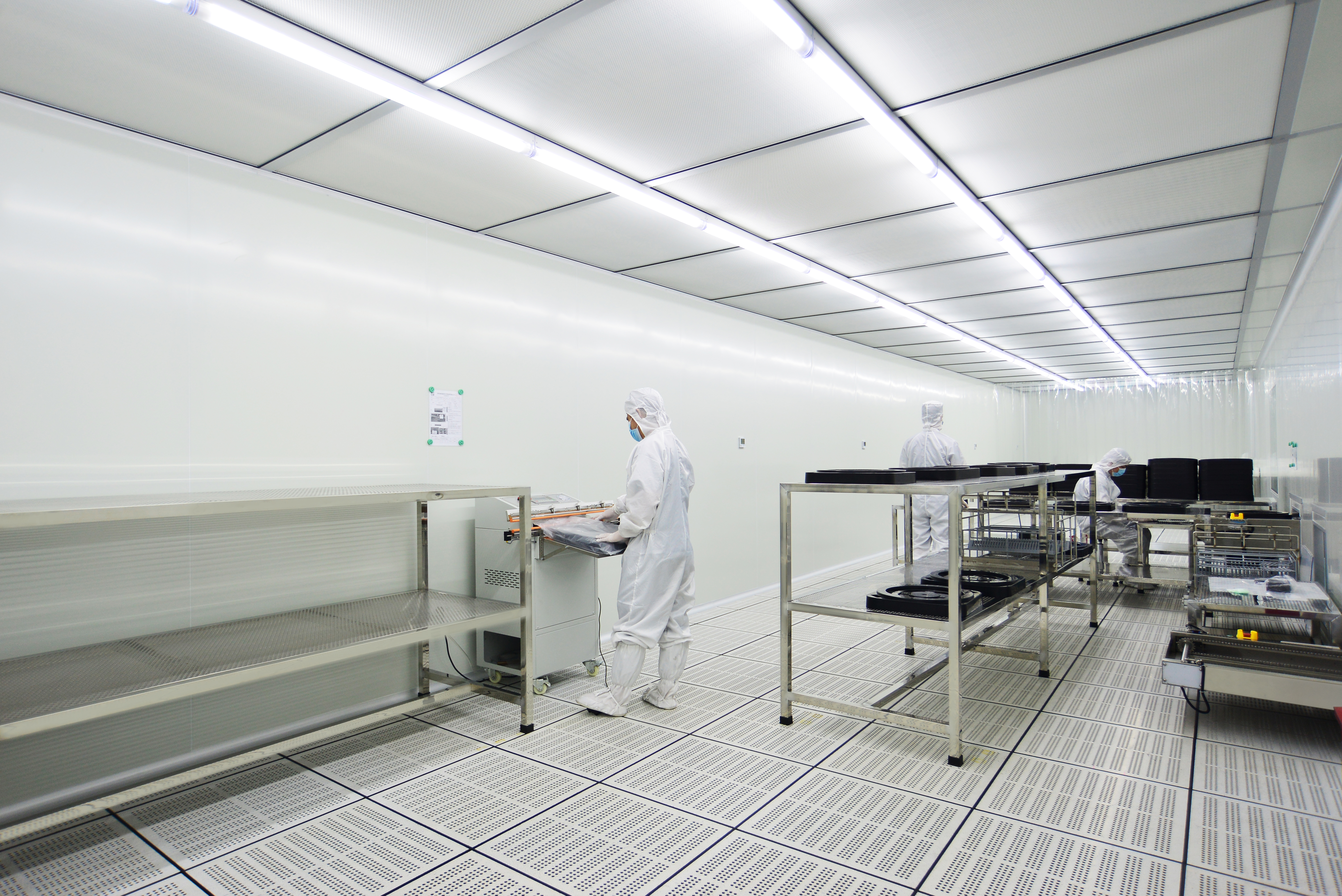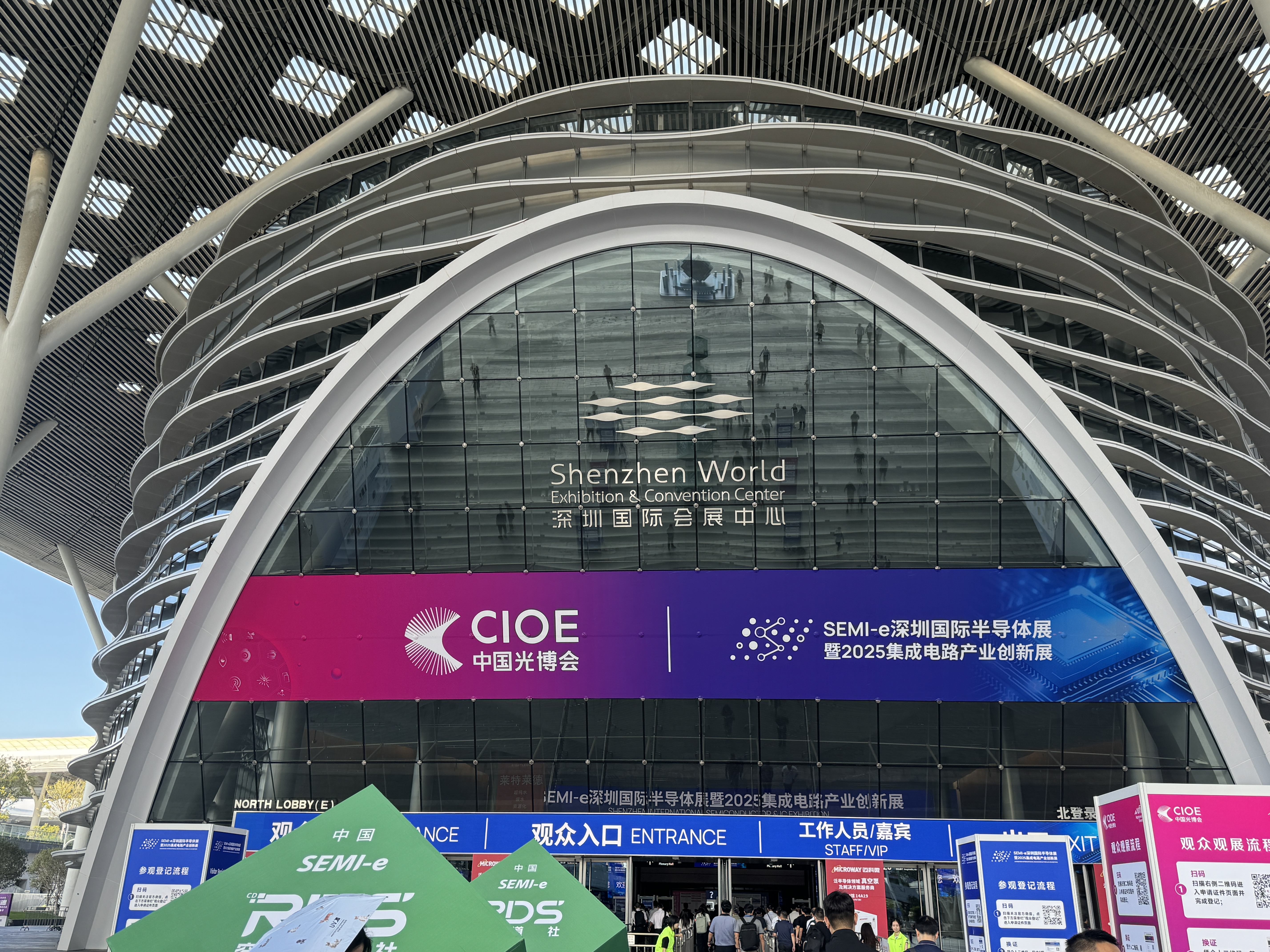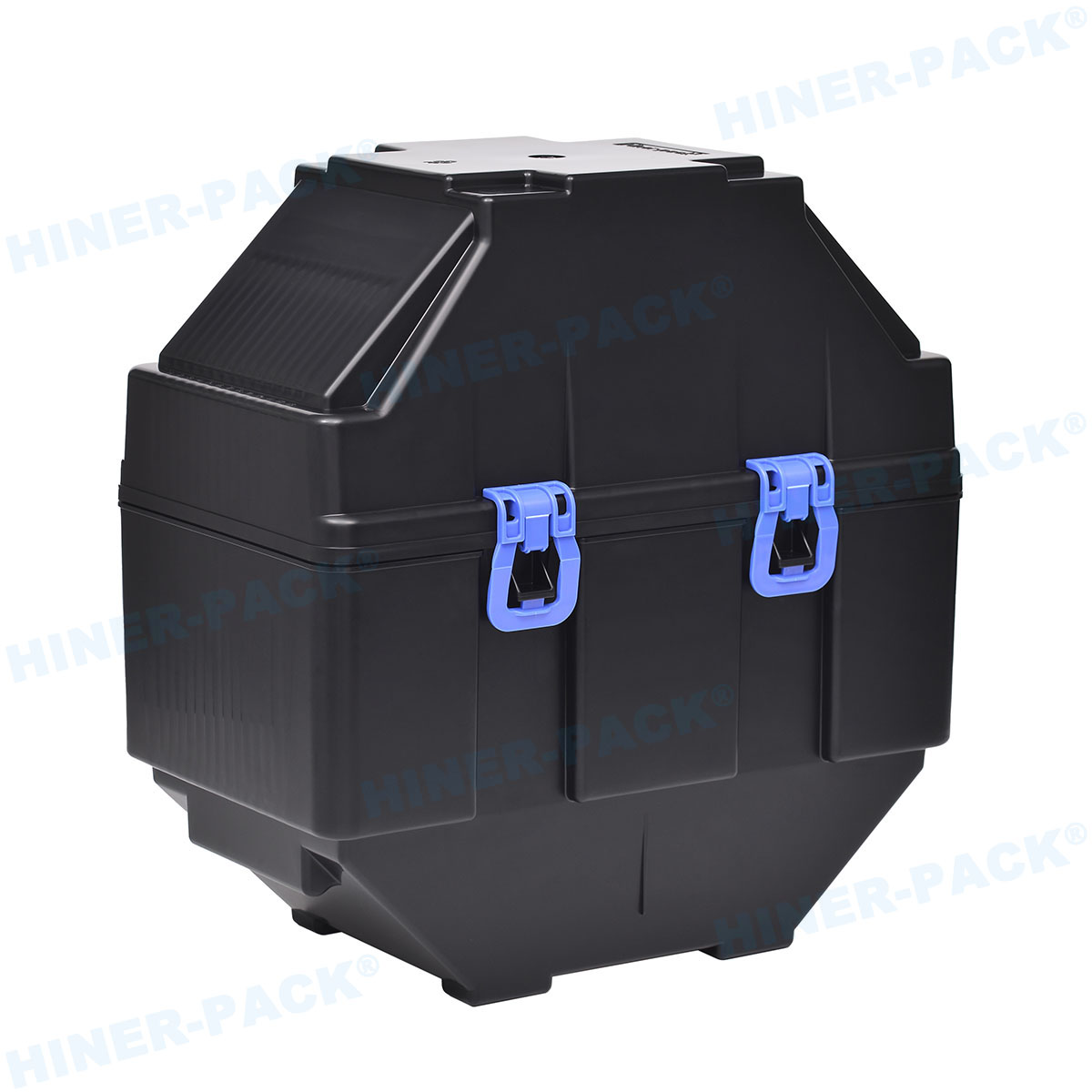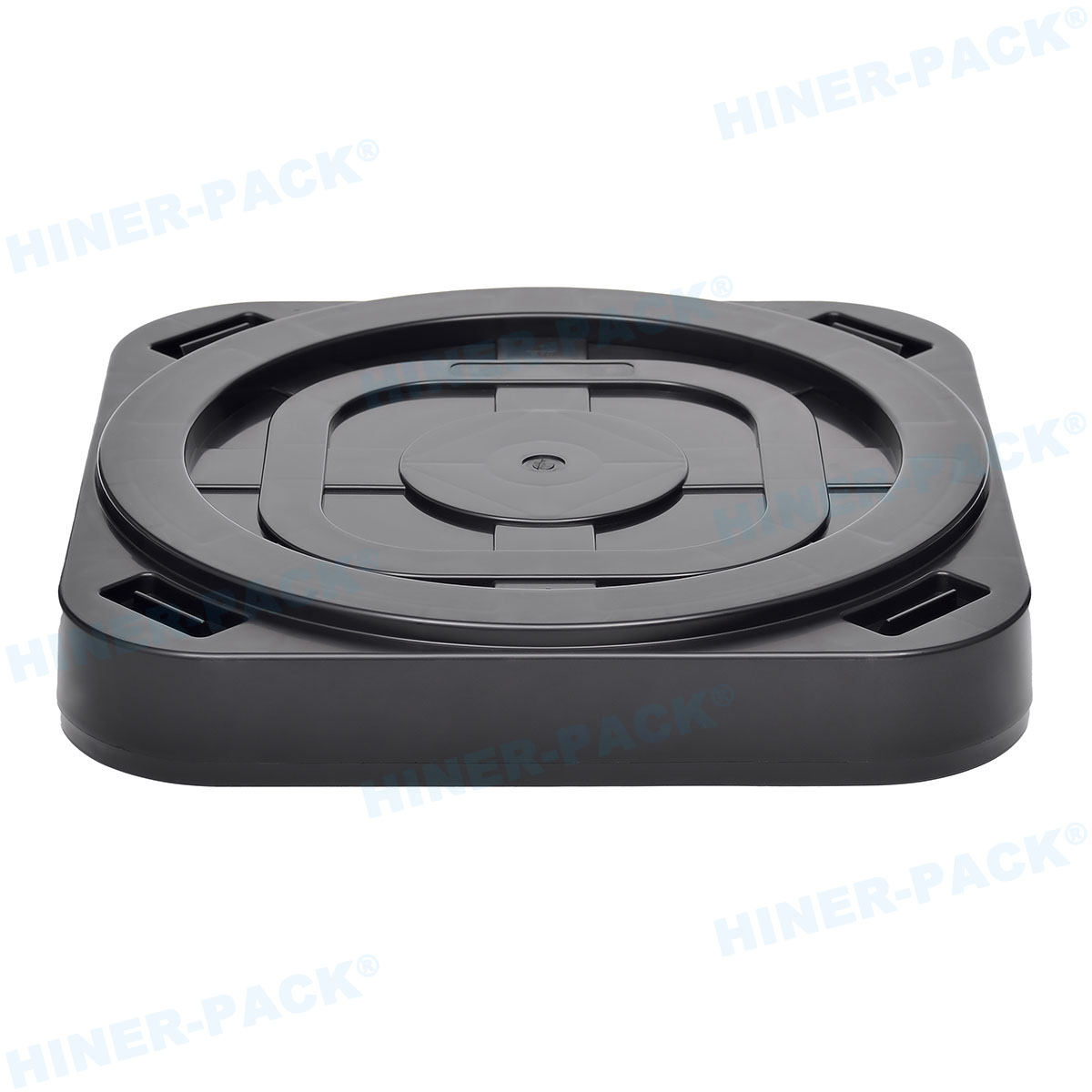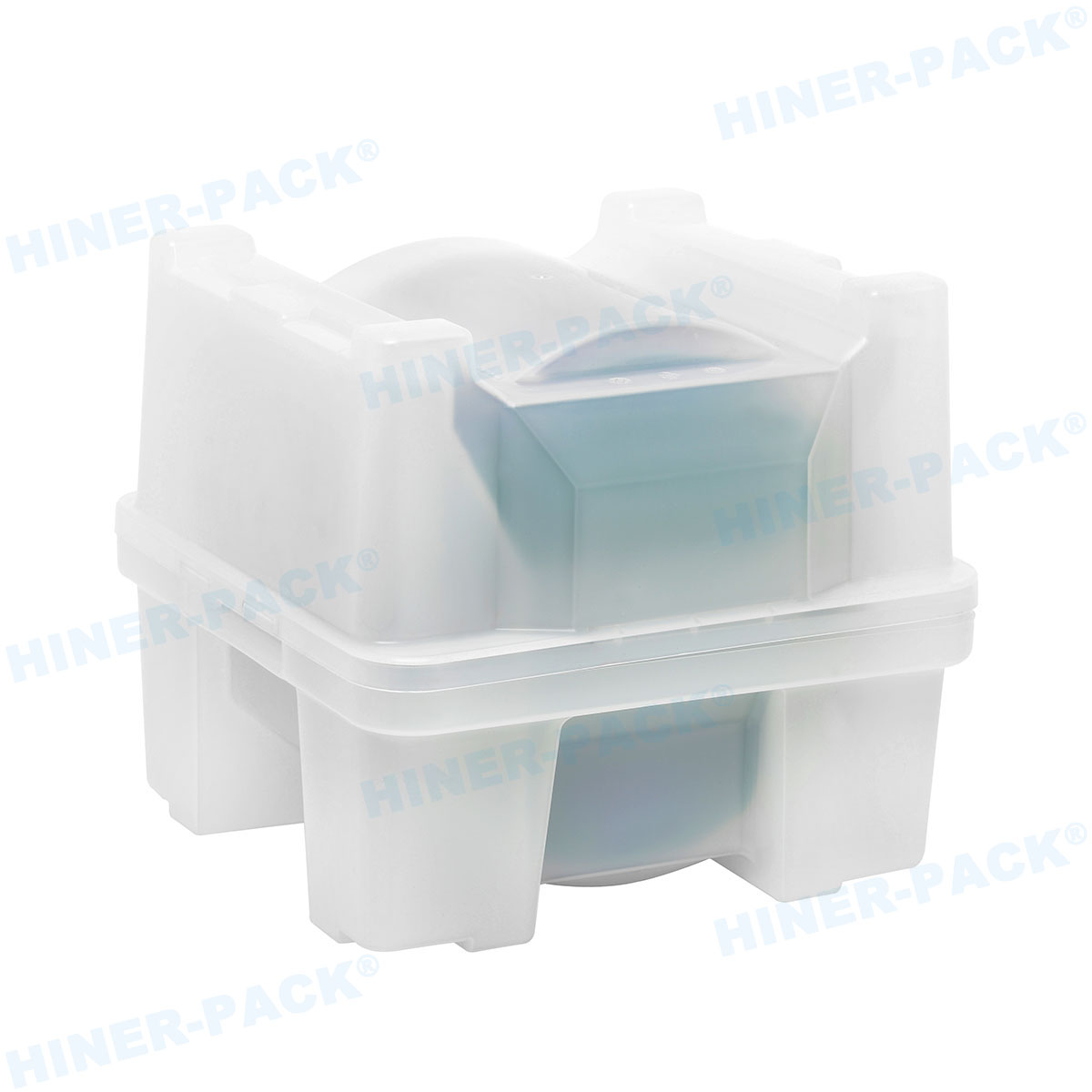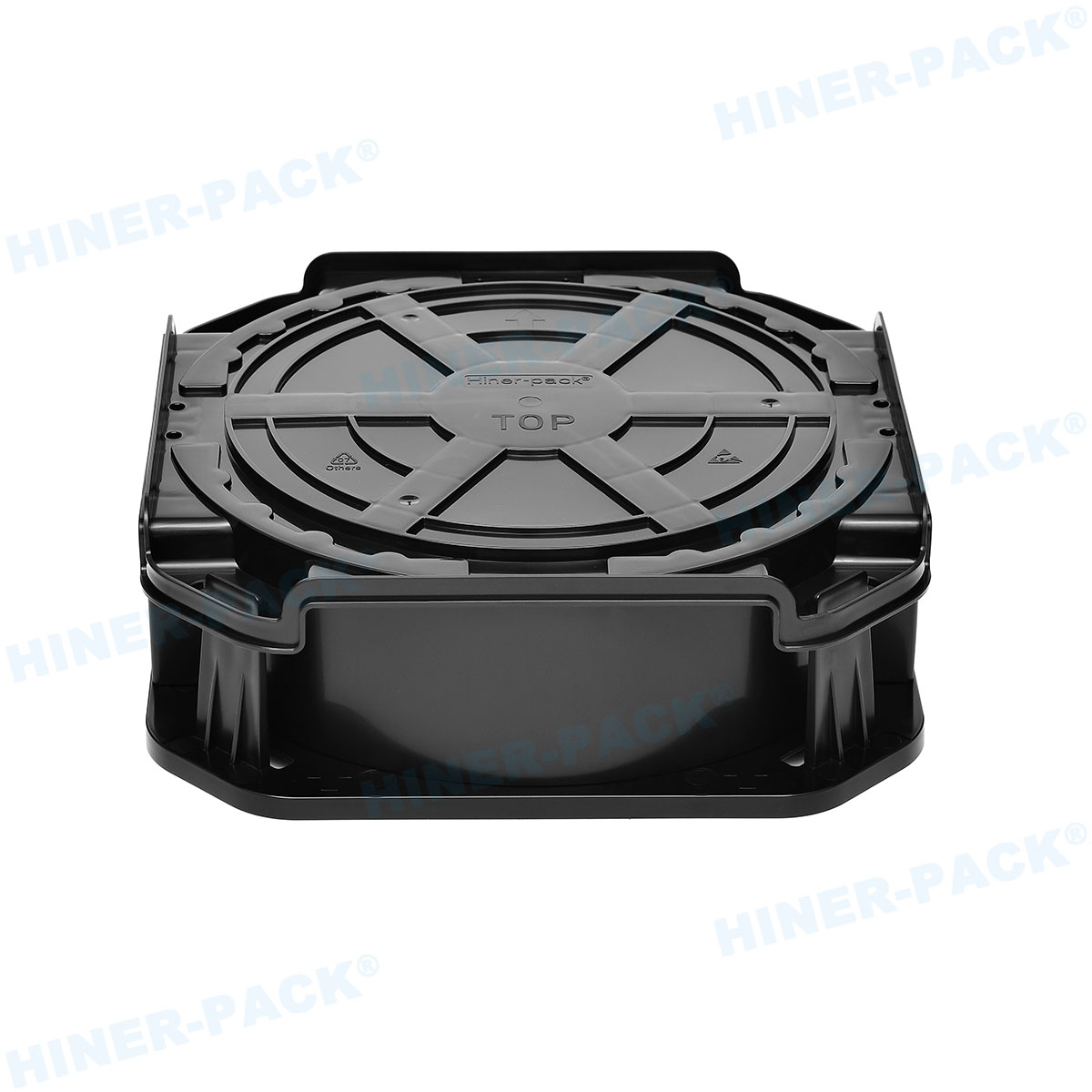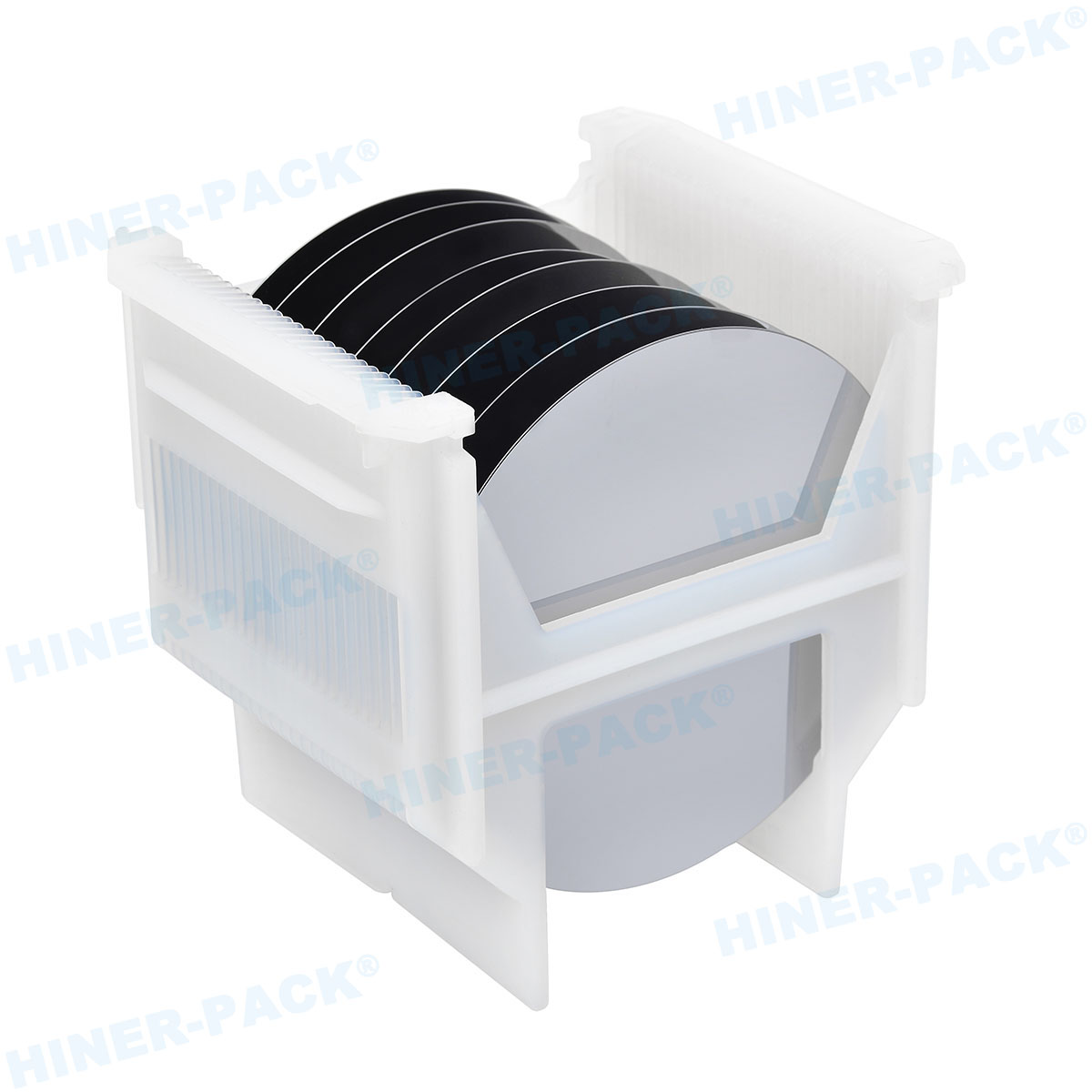In the intricate world of semiconductor manufacturing, precision is paramount. Every component, no matter how seemingly small, plays a critical role in the success of fabrication processes. Among these essential components are wafer holders, the unsung heroes that securely position and transport delicate silicon wafers through various high-stakes stages like etching, deposition, and inspection. The right wafer holder is not merely an accessory; it is a fundamental element that directly impacts yield, quality, and overall operational efficiency. This article delves into the ecosystem of wafer holders, exploring the nuances of custom solutions, what to look for in a wafer holders manufacturer, and the common pitfalls to avoid.
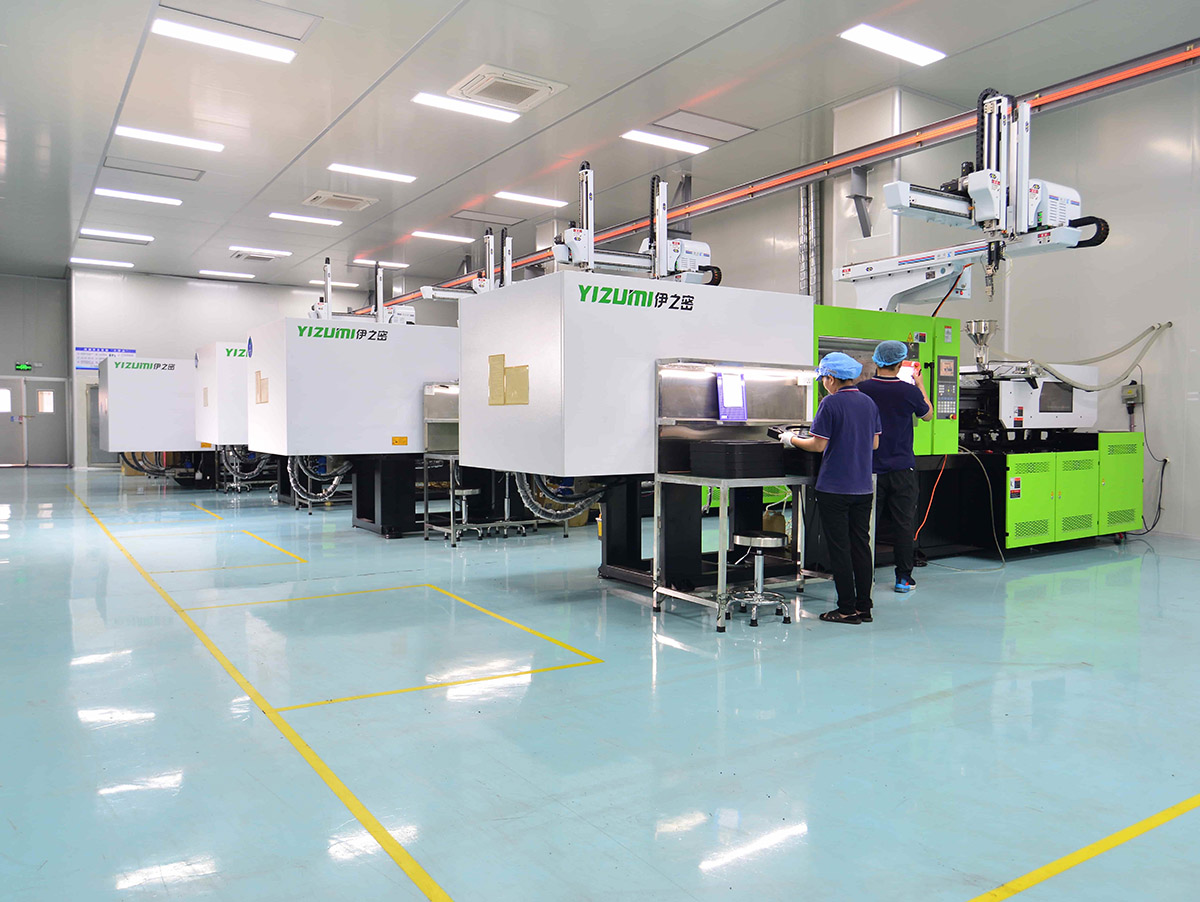
What Are Wafer Holders and Why Do They Matter?
A wafer holder is a specialized fixture designed to clamp, support, and often heat or cool a semiconductor wafer during processing. Its primary functions are to ensure precise positioning, minimize contamination, manage thermal distribution, and sometimes provide electrical connectivity. The choice of holder depends on the specific tool and process—whether it's for a lithography scanner, a CVD reactor, or a metrology instrument. Using a generic holder for a highly specialized application can lead to misprocessing, wafer breakage, or particulate generation, costing thousands of dollars per wafer. Therefore, investing in the correct wafer holder for your application is a crucial decision for any fab operation.
The Critical Role of Custom Wafer Holders
While off-the-shelf wafer holders exist for common applications, the relentless drive for smaller nodes and new materials like silicon carbide (SiC) or gallium nitride (GaN) often demands bespoke solutions. This is where the value of a Custom wafer holder becomes undeniable.
A Custom wafer holder is engineered to meet exact specifications that standard products cannot. This includes unique geometries for R&D prototypes, specific material compositions to withstand harsh chemistries, or integrated features for advanced thermal management. For instance, a process requiring extreme temperature uniformity might need a holder with embedded heaters and sensors in a very specific configuration. Another might require a non-standard clamping mechanism to handle ultrathin wafers prone to warping.
The development of a Custom wafer holder is a collaborative process between the fab engineers and the manufacturer. It involves detailed discussions about the process parameters: temperature range, pressure, vacuum requirements, cleanroom compatibility (e.g., outgassing levels), and electrical properties. The result is a purpose-built component that optimizes process performance and mitigates risks associated with using an ill-fitting standard holder.
Selecting a Reputable Wafer Holders Manufacturer
Choosing the right wafer holders manufacturer is as important as the design itself. The ideal partner possesses a blend of engineering expertise, material science knowledge, and proven manufacturing capabilities. Key attributes to look for include:
Technical Expertise and Experience: The manufacturer should have a deep understanding of semiconductor processes and a proven track record of creating holders for similar applications. They should be able to offer constructive feedback on your design, suggesting improvements for manufacturability and performance.
Material Proficiency: Wafer holders are made from a variety of materials, including aluminum, stainless steel, ceramics (e.g., aluminum nitride, silicon carbide), and specialty composites. The manufacturer must know which material is best suited for your process environment to avoid contamination, corrosion, or unwanted reactions.
Precision Machining Capabilities: The tolerances in semiconductor equipment are exceptionally tight. A high-quality wafer holders manufacturer will operate state-of-the-art CNC machines, EDM (Electrical Discharge Machining), and grinding equipment capable of achieving micron-level precision and superb surface finishes.
Quality Assurance: Rigorous quality control is non-negotiable. This includes meticulous inspection (e.g., with CMMs), cleanroom assembly and packaging, and thorough documentation to ensure every holder meets its specifications.
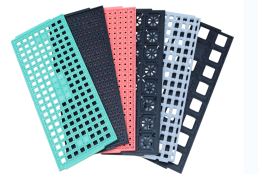
Finding Wafer Holders for Sale and Understanding Wafer Holder Price
When searching for wafer holders for sale, the market is diverse. Options range from large OEMs that supply holders for their own tools to specialized third-party manufacturers who often provide more cost-effective and customizable alternatives. Many suppliers list standard wafer holders for sale on their websites, complete with datasheets outlining their specifications.
However, the wafer holder price can vary dramatically based on several factors:
Complexity and Customization: A simple, standard holder will naturally have a lower wafer holder price than a fully Custom wafer holder with intricate features.
Material Cost: Holders made from high-purity, advanced ceramics or composites are significantly more expensive than those made from aluminum or standard stainless steel.
Volume: Unit wafer holder price decreases with higher order quantities due to economies of scale in manufacturing.
Integrated Features: The addition of heating elements, temperature sensors, RF electrodes, or cooling channels will increase the cost.
To get an accurate cost assessment, it is essential to request a wafer holders quotation directly from the manufacturer. This quote should detail all costs, including design (if applicable), materials, manufacturing, testing, and shipping.
The Process of Obtaining a Wafer Holders Quotation
A wafer holders quotation is more than just a price list; it's a formal proposal that outlines what you will receive for your investment. To get a meaningful and accurate quote, you must provide the manufacturer with comprehensive information. This typically includes:
Detailed engineering drawings (if available).
Process requirements (temperature, pressure, vacuum, etc.).
Material preferences or restrictions.
Quantity required.
Required delivery timeline.
A reputable manufacturer will review these specifications and may schedule a technical discussion to clarify details before providing the wafer holders quotation. This document should break down the costs and clearly state the lead time, warranty, and terms of service.
Common Problems and Challenges with Wafer Holders
Even with a well-designed holder, issues can arise. Being aware of these common problems can help in selection, operation, and troubleshooting:
Particulate Contamination: This is the arch-nemesis of yield. Particles can be generated from wear between moving parts, from improper surface finishes, or from material outgassing under high heat. Choosing the right material and ensuring a high-quality finish are critical mitigations.
Wafer Slippage or Breakage: Improper clamping force or poor mechanical design can cause wafers to shift during rapid acceleration/deceleration (in robots) or even crack. This is especially problematic for large-diameter (300mm+) and ultrathin wafers.
Thermal Non-Uniformity: For processes requiring heating or cooling, uneven temperature across the wafer surface can lead to inconsistent etch rates, deposition thickness, or electrical properties. This is often a design flaw in the thermal elements of the holder.
Arcing and Electrical Issues: In plasma-based processes, holders must provide precise electrical bias. Imperfections in the holder's surface or contamination can lead to localized arcing, which damages both the holder and the wafer.
Degradation and Corrosion: Exposure to aggressive plasmas and chemicals can slowly etch away at the holder's surface, changing its properties and generating particles. Regular inspection and preventive maintenance are required.
Compatibility Issues: A holder might physically fit a tool but may not be electronically or software compatible, preventing it from communicating properly with the equipment's controller. This is a key consideration when using a third-party wafer holders manufacturer.
The journey to selecting the right wafer holder—whether a standard model or a fully Custom wafer holder—requires careful consideration. It involves understanding your process needs, partnering with a knowledgeable and capable wafer holders manufacturer, and carefully evaluating the wafer holders quotation beyond just the bottom-line wafer holder price. By being aware of the common failure modes, from contamination to thermal issues, you can ask the right questions and specify the necessary features to ensure reliability and performance.
Ultimately, the goal is to find a holder that not only secures your wafers but also secures your process against downtime, low yield, and costly reworks. In the high-stakes environment of semiconductor fabrication, the right wafer holder for your application is not an expense; it's a vital investment in quality and efficiency.



